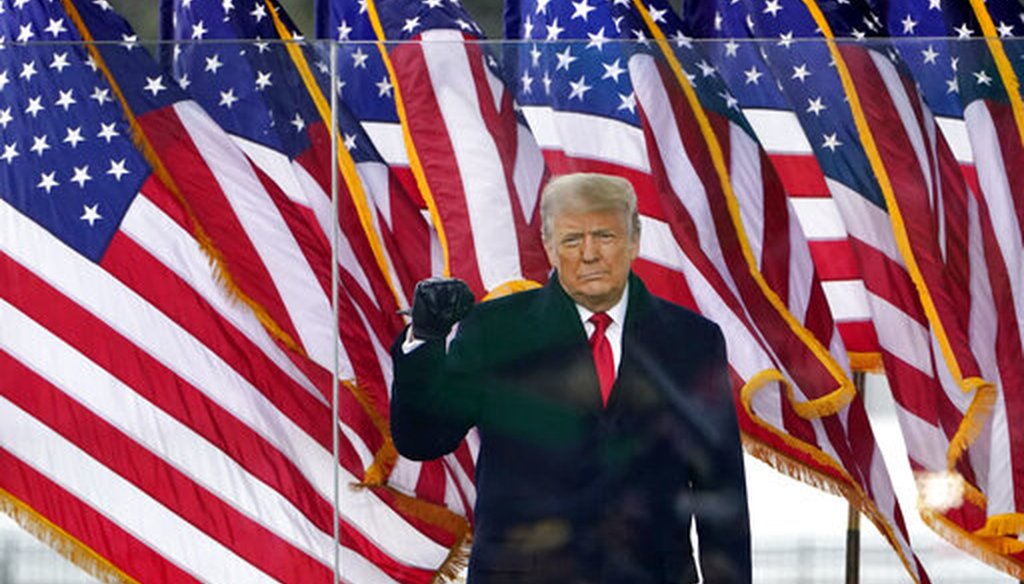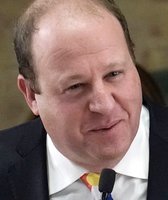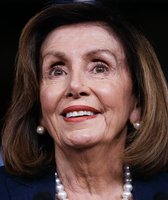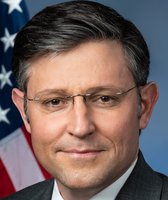Stand up for the facts!
Our only agenda is to publish the truth so you can be an informed participant in democracy.
We need your help.
I would like to contribute

President Donald Trump arrives to speak at a rally prior to the storming of the Capitol on Jan. 6, 2021. (AP)
If Your Time is short
• President Donald Trump and allied groups have aggressively sought to raise funds after the election, using legal challenges to Joe Biden’s victory in their pitches.
• Trump’s campaign and several allied groups have said they raised $207 million between Election Day and Nov. 23. The number is certainly higher by now, but hard numbers won’t be disclosed to the Federal Election Commission until Jan. 31.
• One of the groups that is not included in these figures, a leadership political action committee called Save America, reported that it had raised $570,000 during its first two weeks of existence, but a fuller accounting won’t be available until Jan. 31.
• Funds raised by Save America can be spent with many fewer restrictions than dollars raised by the other Trump-allied groups.
President Donald Trump has repeatedly claimed, falsely, that the election was rigged and he won. Trump’s critics find it maddening that he appears to be fundraising off that message as well.
Sen. Ben Sasse, a Nebraska Republican who has become increasingly critical of the president, wrote a Facebook post debunking Trump’s claim of a rigged election and also castigated Trump for fundraising off the false hoods.
"Since Election Day, the president and his allied organizations have raised well over half a billion (billion!) dollars from supporters who have been led to believe that they’re contributing to a ferocious legal defense," Sasse said. "But in reality, they’re mostly just giving the president and his allies a blank check."
He echoed this theme in his remarks after the Senate continued the electoral vote counting following the storming of the capitol by supporters of President Donald Trump. "If you're angry, I want to beg you, don't let the screamers who monetize hate have the final word," Sasse said.
There is no question that Trump and allied groups have aggressively sought to raise funds after the election, including using the legal challenges in their pitches.
In early December, CNN reported that, in its effort to raise money, the Trump political operation had sent 414 emails and 132 text messages between Election Night and Dec. 3.
We decided to see if we could document how much money was being raised and what it could be spent on. We weren’t able to reach firm conclusions because of reporting lags and a lack of transparency around campaign finance laws. But we were able to get a broad sense of what Trump and his allies have accomplished in fundraising on his behalf.
"It's impossible to verify political fundraising information in real-time," said Michael Beckel, research director for Issue One, an advocacy group on campaign-finance issues. "All candidates and political groups must regularly file campaign finance reports with the Federal Election Commission. However these disclosures are typically filed just once a month or once a quarter, depending on the entity."
In early December, Trump’s camp said it would be filing the FEC’s required "post-2020 election" disclosure forms showing that the campaign and several allied groups had collectively raised $495 million. Those groups included Trump's official campaign committee, an allied group called Trump Victory, the Republican National Committee, and a joint-fundraising vehicle for Trump and the RNC called the Trump Make America Great Again Committee.
This suggests that Sasse’s estimate of "half a billion" is right, but it’s complicated.
The FEC documents filed by these entities may be called the "post-2020 election disclosure," but the name stems from when it’s filed, not what period it covers. In reality, the disclosure covers funds raised by political groups from Oct. 15 to Nov. 23. Since the election was held on Nov. 3, that period includes 20 days prior to the election and 20 days after it.
The campaign statements in early December specify that $207 million of that total was raised after Election Day. Meanwhile, by Dec. 30, when Sasse posted on Facebook, there were 37 days of fundraising after the cutoff for that disclosure document. And since his Facebook post, there’s been a week more than that. The next disclosure forms are due to the FEC by Jan. 31.
A "blank check" may be a reasonable description for some of the money being raised by Trump — but not all.
Beyond the entities that made up the $495 million haul discussed above, there is another entity that officially lists Trump as its sponsor called the Save America PAC. It was formed just days after the election, on Nov. 9, and is classified as a "leadership PAC," or leadership political action committee. Compared with the other groups, a leadership PAC has looser restrictions on how money raised can be spent.
"There are very few prohibitions on how leadership PACs can spend their money," Beckel said. "This means money flowing into Save America could be spent on just about anything, including paying for meals, lodging, or rounds of golf at Trump properties — expenditures that could ultimately help line the pockets of President Trump and his family."
Brendan Fischer, the director of the federal reform program at the Campaign Legal Center, agreed. "It’s not wrong to say that a donation to Save America is like a blank check," he said.
So far, Save America has had to file just one campaign finance report with the FEC, and it showed that the group had raised $570,000 during its first two weeks of existence.
That number is destined to rise by Jan. 31, when Save America files documentation with the FEC on what it raised between Nov. 24 and Dec. 30.
That’s because many of the solicitations for donations to his "Official Election Defense Fund" actually shared a large share of the resulting donations with Save America. According to the fine print, CNN reported, the first 75% of every contribution would go to Save America, up to a maximum of $5,000. Only after that would any money flow to an election recount account.
Given this, experts say that Save America has likely been raising money at a fast clip. "It is likely to be sitting on significant funds that could be used to further President Trump's political ambitions for months or years to come," Beckel said.
EDITOR'S NOTE, Jan. 11, 2021: Fundraising emails from Trump-affiliated email accounts appear to have stopped on Jan. 6.
Our Sources
Ben Sasse, Facebook post, Dec. 30, 2020
Washington Post, "Trump raises $495 million since mid-October, including a massive haul fueled by misleading appeals about election fraud," Dec. 4, 2020
CNN, "Trump raises more than $207 million since Election Day as he pushes baseless election fraud claims," Dec. 4, 2020
CBS News, "Trump uses Georgia Senate race to raise money for his own PAC," Dec. 15, 2020
ABC News, "Trump is fundraising off Georgia runoffs, but his PAC is spending none of it on the candidates," Dec. 18, 2020
Reuters, "Trump campaign spent more than $2 million on election lawyers, including Jenna Ellis," Dec. 4, 2020
Email interview with Michael Beckel, research director for Issue One, Jan. 5, 2021
Email interview with Douglas H. Weber, senior researcher with the Center for Responsive Politics, Jan. 5, 2021
Interview with Brendan Fischer, director of the federal reform program at the Campaign Legal Center, Jan. 5, 2021








































